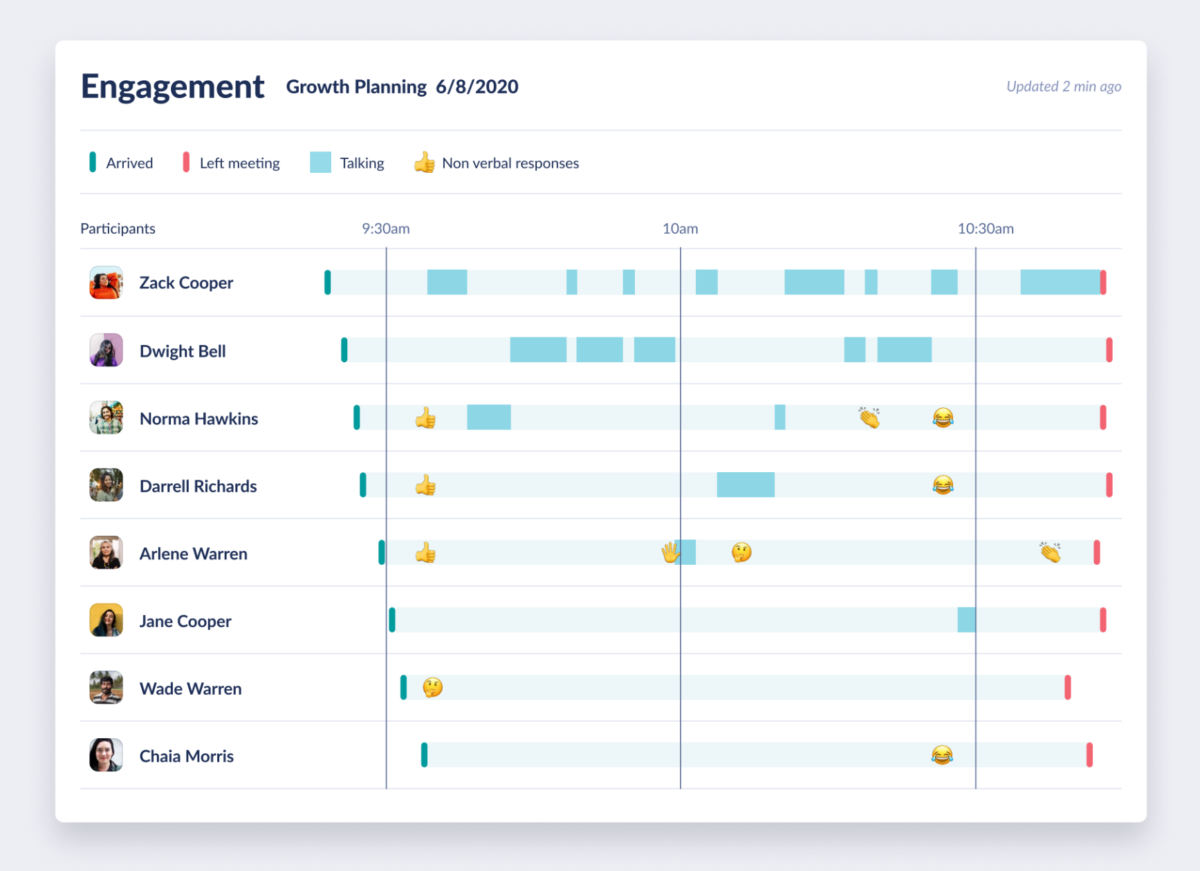We’re excited to announce the release of our Microsoft Teams integration for our virtual office product, Spaces. Our new integration is available to any team that uses Microsoft Teams for remote and in-office collaboration.
With more than six times the number of people working from home today compared to 2019, according to WFH Research, a data-collection project, distributed work is not going anywhere. Microsoft Teams is utilized by more than one million companies and has seen explosive growth as users increased from 145 million in 2021 to 270 million in 2022. This integration highlights our commitment to provide our customers with the best and most comprehensive remote work experiences. We are excited to continue to expand and improve our offerings to meet the ever-changing needs of our customers.

With this integration, organizations can access Spaces within their existing Microsoft Teams environment. Spaces greatly improves your existing Microsoft Teams infrastructure, adding everything you need to interact more naturally with your colleagues. With this integration:
- Meetings and statuses sync from Outlook in real-time, providing a birds-eye view of office activity.
- Rely on persistent project spaces, offices, and war rooms to meet and collaborate, store documents, files, and links.
- View ongoing Teams calls and increase visibility across the entire organization or department.
- Review actionable engagement metrics including aggregate and individual meeting time, talk time, and average meeting size.
In the future, Frameable has plans to make the Spaces application available for download in the Microsoft Teams App Store. Learn more about how our integration can enhance your Microsoft Teams video calls and book a demo to get started today!


